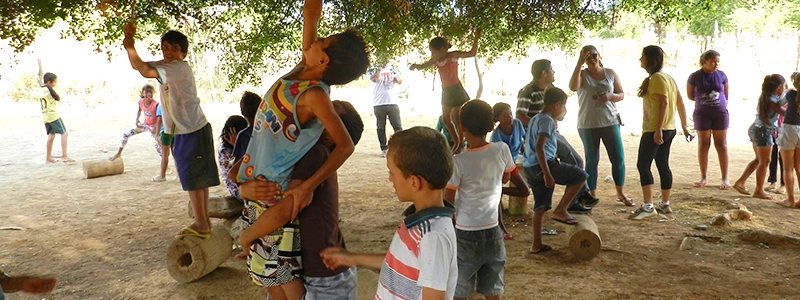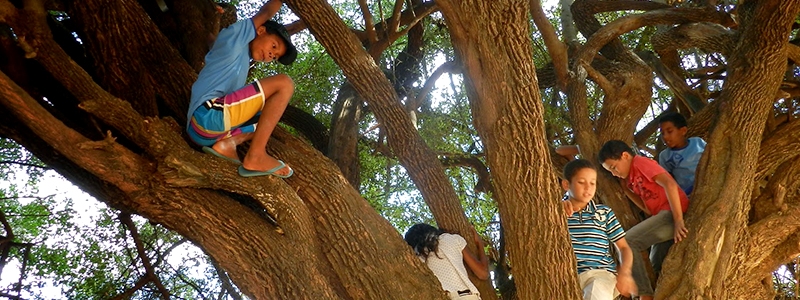Children’s Backyard
Cria, Rede Ser-Tão Brasil, São Gabriel and Boa Vista de Tupim City Hall
Country: Brazil
Visit Website
Innovation: Incremental
Where it happens: Community
Trends: Hands-on Learning | Community Based Learning
This project involves public spaces and playgrounds, created with natural resources, which combine regular and informal education while strengthening traditional games in small cities in the Brazilian state of Bahia (São Gabriel and Boa Vista de Tupim).
Country: Brazil
Visit Website
Innovation: Incremental
Where it happens: Community
Trends: Hands-on Learning | Community Based Learning
This project involves public spaces and playgrounds, created with natural resources, which combine regular and informal education while strengthening traditional games in small cities in the Brazilian state of Bahia (São Gabriel and Boa Vista de Tupim).
Country: Brazil
Visit Website






